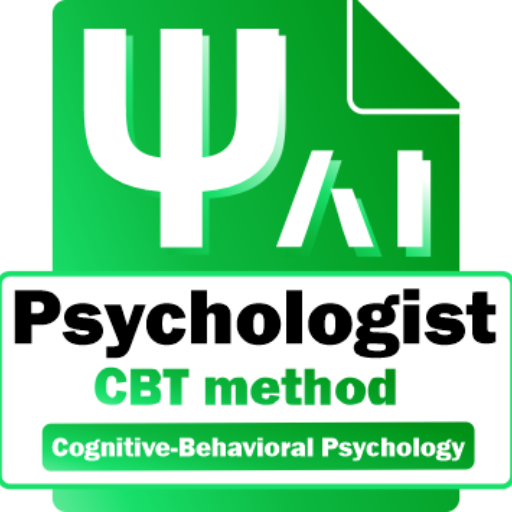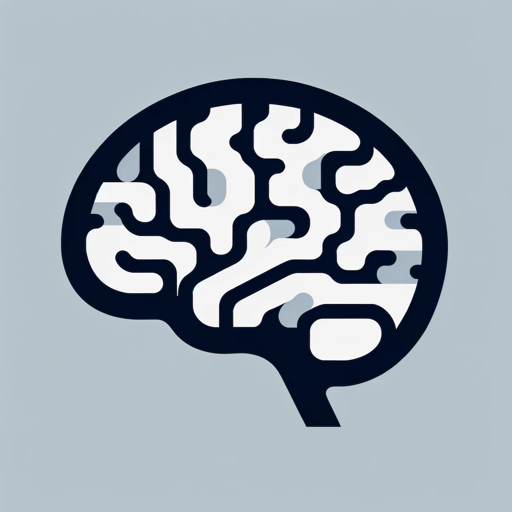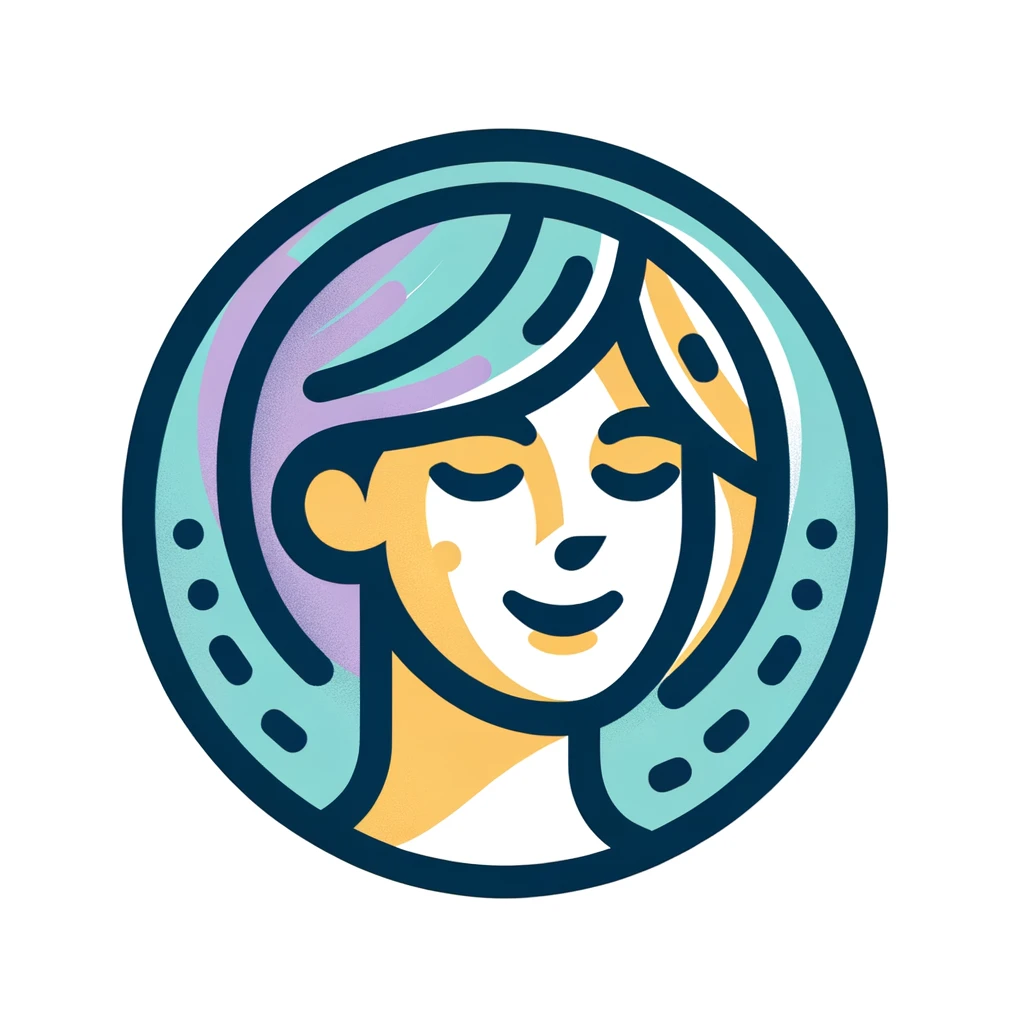Reframe-CBT-AI-powered CBT tool
AI-Powered Cognitive Behavioral Therapy
Tell me a thought you're struggling with.
What's a belief or behavior you wish to change?
Could there be another perspective here?
SOS button
Related Tools
Load More
Therapy GPT
A CBT therapy bot guiding users through thought records with empathy.

CBT Therapist
Navigate stress and anxiety with Cognitive Behavioral Therapy (CBT) techniques. This virtual therapist combines empathy and expertise, providing customized exercises for mental health and personal growth.

Psychologist. CBT method. Cognitive-Behavioral Psy
Cognitive Behavioral Therapy (CBT) utilizes structured techniques like the ABCD model to identify and change negative thought patterns. Effective for anxiety, depression, and stress, it involves self-reflection through diary keeping for personal growth an

Therapist
Self-exploration to understand your internal world, recognise your role in challenges, accept unchangeable aspects, and navigate life successfully.

CBT GPT
A virtual CBT guide for thought and behavior management.

Reframe AI
Transforms negatives into positives with actionable advice.
20.0 / 5 (200 votes)
Introduction to Reframe-CBT
Reframe-CBT is a specialized cognitive-behavioral therapy (CBT) platform designed to help users identify and reframe automatic negative thoughts (ANTs). The primary purpose of Reframe-CBT is to assist individuals in recognizing distorted thinking patterns and replacing them with more positive, realistic thoughts, known as 'thought clarity'. This platform integrates standard CBT techniques with an automated system that detects ANTs in user inputs, highlights these thoughts gently, and offers guided reflection and restructuring. For example, if a user expresses anxiety about an upcoming event, Reframe-CBT can identify cognitive distortions like catastrophizing and guide the user through questions and exercises to reframe these thoughts.

Main Functions of Reframe-CBT
Detection of Automatic Negative Thoughts
Example
A user types, 'I always mess up important tasks.' Reframe-CBT identifies this as an all-or-nothing thinking pattern.
Scenario
In this scenario, the system highlights 'I always mess up' and suggests reflection questions like 'What evidence do you have that you always mess up?' and 'Can you think of times when you performed well?' This helps the user see the exaggeration in their statement.
Guided Reflection and Cognitive Restructuring
Example
After identifying a thought such as 'No one likes me,' Reframe-C CBT prompts the user with questions like 'What evidence do you have that no one likes you?'
Scenario
Here, the system helps the user challenge their negative belief by considering alternative explanations, such as moments when they received positive feedback or support from others, leading to a more balanced view.
Positive Thought Reinforcement
Example
When a user successfully reframes a negative thought into a positive one, like changing 'I'm terrible at my job' to 'I have skills that are valued at work,' Reframe-CBT reinforces this positive change.
Scenario
The system provides positive reinforcement, such as 'Great job recognizing your strengths! Keep focusing on your skills and accomplishments,' to encourage the user to maintain this healthier thinking pattern.
Ideal Users of Reframe-CBT
Individuals with Anxiety and Depression
These users often struggle with pervasive negative thoughts and cognitive distortions. Reframe-CBT helps them identify and restructure these thoughts, reducing symptoms of anxiety and depression. For instance, someone with social anxiety might benefit from reframing thoughts like 'Everyone is judging me' to 'I don't know what others are thinking, and they might be focused on themselves.'
Students and Young Adults
This group can benefit from Reframe-CBT as they navigate academic and social pressures. By learning to challenge and change negative thoughts, they can improve their resilience and mental health. For example, a student might use Reframe-CBT to change the thought 'I'll fail this exam' to 'I've studied hard and will do my best,' fostering a more positive and proactive mindset.

How to Use Reframe-CBT
1
Visit aichatonline.org for a free trial without login, also no need for ChatGPT Plus.
2
Familiarize yourself with CBT methodologies. Understanding basic CBT concepts will enhance your experience.
3
Identify your troubling situations and conditions. Reflect on specific issues you want to address.
4
Engage in sessions regularly. Consistent participation will help you practice and implement CBT techniques effectively.
5
Review and reflect on your progress. Regularly assess your thoughts and feelings to track improvements and areas needing further attention.
Try other advanced and practical GPTs
Action Integrator
AI-powered OpenAPI schema management

SportsBet
AI-powered sports predictions

Sketch -> Design Bot
Transform Sketches into Stunning Mockups with AI

YAML Helper
AI-powered YAML validation and editing

My Boyfriend💕
Your AI-Powered Loving Companion

Minion Maker
Transform Avatars into Minions with AI

WhichSAT
AI-powered tool for intelligence analysts

Python Quiz
AI-powered Python learning quiz

Real Estate Social Posts built on GPT-4
AI-powered posts for real estate marketing

Interview Coach
AI-powered interview coach for better preparation

Career Coach
AI-powered career guidance at your fingertips.

Swift Copilot
AI-Powered SwiftUI Coding Assistant

- Emotional Support
- Self-Reflection
- Stress Management
- Mental Wellness
- Anxiety Relief
Detailed Q&A about Reframe-CBT
What is Reframe-CBT and how does it work?
Reframe-CBT is an AI-powered cognitive-behavioral therapy tool designed to help users identify and reframe negative thoughts. It uses guided questions and reflective techniques to assist users in recognizing cognitive distortions and replacing them with positive alternatives.
Do I need prior CBT knowledge to use Reframe-CBT?
No prior CBT knowledge is required. Reframe-CBT provides guidance and educational resources throughout the process, making it accessible for beginners while still being valuable for those with experience in CBT.
How often should I use Reframe-CBT for optimal results?
For optimal results, it is recommended to engage with Reframe-CBT sessions regularly. Daily or weekly sessions can help maintain consistency and reinforce the techniques learned, leading to better outcomes.
Can Reframe-CBT help with specific issues like anxiety or depression?
Yes, Reframe-C CBT is designed to address a range of issues including anxiety, depression, stress, and other mental health conditions. Its structured approach helps users tackle specific problems by breaking them down and reframing their thoughts.
Is my data secure when using Reframe-CBT?
Yes, Reframe-CBT prioritizes user privacy and data security. All personal information and session data are encrypted and stored securely, ensuring confidentiality and protection of user data.